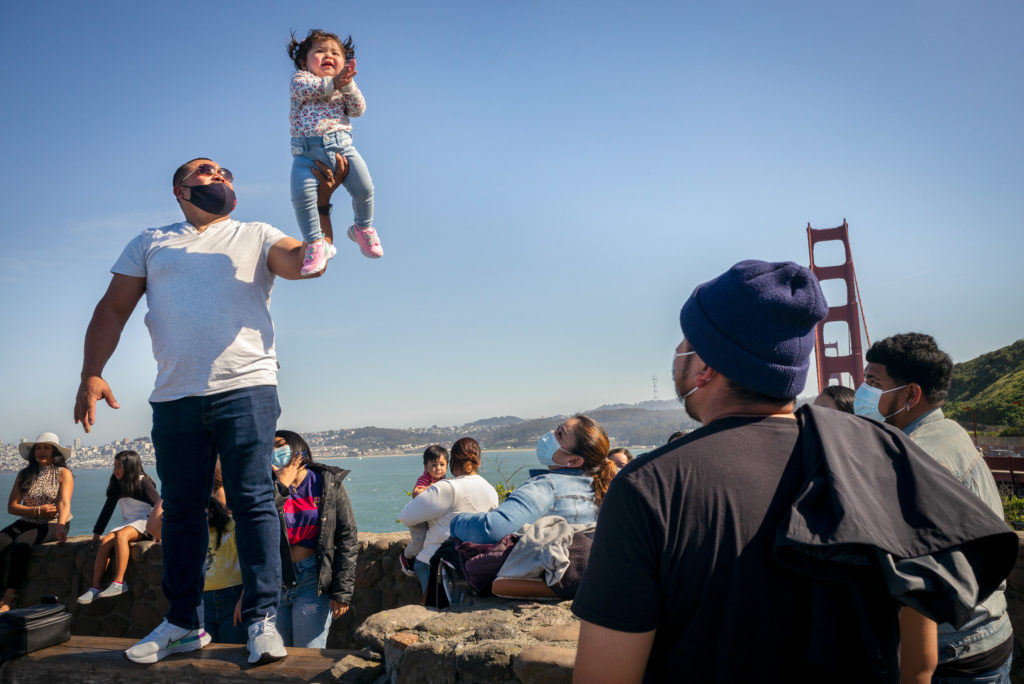For the first time in a year, I saw the whole frame yesterday, all of the edges as well as the corners. I saw the shapes and the shadows shift across the rectangle, blocking the light in some spaces, permitting more in others. My left thumb and index finger held the focus ring of the stubby German lens, nudging it left or right, following the big guy with the baby or the brown-skinned boy wearing a mandarin jacket or whoever was in the frame. They moved, I moved. A dance of unintroduced partners. A rush of pleasure filled me. The moment was both timeless and fleeting. To preserve it, I pressed my right index finger down and heard the satisfying squish of the shutter.
That instant symbolizes everything photography is to me. I’ll explain.
There was a time, when I was working less, drinking more and prone to bouts of gloom, during which I took comfort in watching videos of those singing competitions like American Idol. What I enjoyed most were the timorous contestants, those so lacking in presence or self-confidence that the judges and audience alike flinched at the performance to come, as if they involuntarily turned their gaze from an accident so they would not feel more of the pain that was palpable on the stage.
Of course, you know what happened. The instant the garbage man or bullied teenager or rejected girlfriend opened his or her mouth they transformed themselves into the brilliant, fearless soul they always were at heart but never had the courage to display to the world. As they sang, they became eternal. Forever that voice, forever that fulfillment of self, forever freed from the everyday fetters of life. I think this is the enduring appeal of these shows – the triumph of the ordinary, the tempting dangling of hope, the instantaneous miracle that results from the momentary repudiation of fear, the possibility, shown right there on the stage, of bending the world to fit you instead of the reverse.
When I am seeing well with the camera, I am in that world of my own creation. There is no time, no sound, no tactile connection to what’s around me, even if I am physically standing amid a large crowd of people, as I often am. The horizontal rectangle – fifty percent wider than it is high – occupies all my attention and draws my eye deeper and deeper into it, looking, looking, looking.
Perhaps this sounds silly, even childish. Well, it is childish. The great gift of childhood that fades as we age is the ability to see the world with wonder. Children stare unabashedly. They focus on the new, the different. They engage visually, drawn to movement and shape and color. They absorb what they see, and allow it to fill their mind.
This is photography for me – the absorption of the moment. It has been so since decades ago when I walked the downtown streets of San Francisco with a used camera and a 50mm lens trying to imitate the photographers whose images I’d seen in the community college library – Lee Friedlander, Robert Frank, Gary Winogrand, Mary Ellen Mark. I was terrible, lacking courage and absent of technique and vision, but even though the results were consistently disappointing I loved the taking of the picture.
Even now, with a nicer 50mm lens, better technique, some vision and results that occasionally don’t disappoint, what most thrills me is finding the image and seeing it in the frame. I only open the shutter to prove to myself later that I in fact saw what I imagined seeing.
When I was younger, I wanted more. I wanted to work as a photojournalist, I wanted to be part of a creative community, and, it’s fair to say, I wanted some sort of acclaim. Things didn’t work out that way, and that’s how life can go. When I returned to photography fifteen years ago – more by coincidence than plan (that, too, is how life can go) – I discovered immediately that my love for the seen moment had not faded. Like high school sweethearts who reconnect late life, the ardor still burned between the frame and me.
In the last year – the first of the Covid years – I made pictures when I could, but most were of the house or the garden or the trails on the nearby mountain. The few times I inserted myself into the crowds, I rarely made a good frame. I appeased myself by saying it was practice, that I was keeping the visual muscles in shape. Still, I wondered – as I like to ask often these days – what would remain of the photography on the other side of the pandemic?
Now I know.

